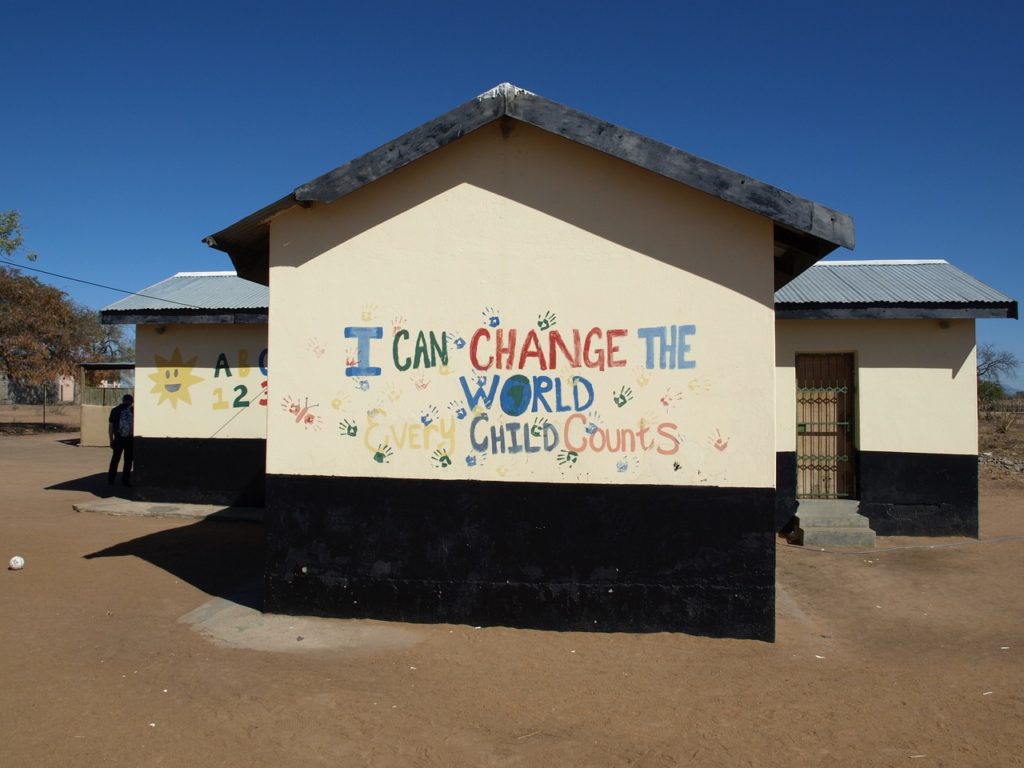Nearly a third of the time in childhood and early teenage is spent in school classrooms. A school is a place to develop skills and abilities and create friendships. It is an environment for thriving social interactions that will be essential on their journey to adulthood. School should be a place where students learn, and have fun as well. School should not be a hindrance for children, because, in that space, they not only develop social, physical, and mental skills and abilities but also undergo physical changes. Therefore, no health risks should be at stake.
Yet, the indoor environment in schools could hinder proper children’s development. Budget cuts, lack of regular maintenance, wear, and tear, and general underfunding result in school buildings being undervalued. Furthermore, in many schools and classrooms, the indoor environment quality is mildly staying below average, and would not be accepted in normal occupational settings and working environments. Many schools suffer from overheating and underheating, poor air quality, noise issues, penetration of outdoor pollutants, poor lighting conditions, and mold, to mention only a few issues. The wonderful atmosphere and teaching environment created by classmates and the teacher may not be sufficient to support proper progress in teaching and learning if classroom conditions are poor.
Studies repeatedly show that inadequate indoor environment quality (IEQ) in classrooms does affect pupils, probably those that already have some handicaps and are less able to progress in learning. This is undermining their future, and it is clearly against inclusivity and equal opportunities. The poor conditions will, of course, impact their general health conditions. Therefore, it is unquestionable that schools should provide a healthy environment that promotes the learning and development of children.

What are the effects that we could expect from poor classroom environments?
Elevated temperatures alter progress in learning and also impact exam results, creating a potential barrier to further education. Children in elementary schools are active and prefer temperatures corresponding to thermal response slightly below neutral, although cooler than the corresponding conditions for adults. This is seen from studies in temperate and subtropical climates, so should be taken at face value.
Poor classroom air quality also affects learning. Part of it could be caused by ambient pollutants such as particles of nitrogen dioxide, or pollutants generated by the traffic, but mostly can be due to pollutants generated indoors. The types of pollutants are yet not well described, but improved ventilation has been shown to provide benefits if only the supplied air is clean. As a crude indicator, the concentration of carbon dioxide can be used; when ventilation results in carbon dioxide levels below 1,000 ppm (parts per million) and probably even lower than 900 ppm, then learning is not hampered.
Improved ventilation will also have other benefits:
- it will considerably reduce absence rates among pupils, most likely because their health conditions will improve
- absence rates will also be reduced with improved filtration.
Through modelling, both methods have been shown to effectively reduce the risk of transmission of pathogens through the air.
NOISE AND LIGHTING
Noise is detrimental too. Obviously, high levels of noise should be avoided, but the school location plays an important role too. Intermittent and loud noises, such as the one close to airports, have negative effects on skills needed for proper learning. Noise is particularly undesirable for children with disabilities such as ADHD, two-language children, and alike.
Light and access to light have also been documented to affect learning, including the view out. The light should be controlled rather than monotonous, as different tasks performed by pupils may need different light intensity levels. Furthermore, light is known to be a strong arousing factor.
What we do not know is how the different parameters defining good classroom environmental quality interact, and what should be the combination of different parameters for the optimal learning experience.
Before new findings are available, the principles for achieving optimal learning specific to each of the parameters, mentioned above should be followed so that the potential risks are reduced to the minimum.
Finally, the economic value of the environmental effects on learning can be assessed, as health aspects are obvious. There have been a few attempts to do so, and the estimated figures are certainly not negligible. But truly, are they so important? The most significant matter should probably be the creation of a good start in life for young generations and a good experience at the outset of life; similar to how it is done in many workplaces that create an inviting and admirable working environment. Is this so difficult?
RESOURCES
– ILCE Programme
– Climate Library
– Image by henkpijper from Pixabay
– Image by Andydidyk
– More resources (reports, papers, blogs …) will be published soon.


